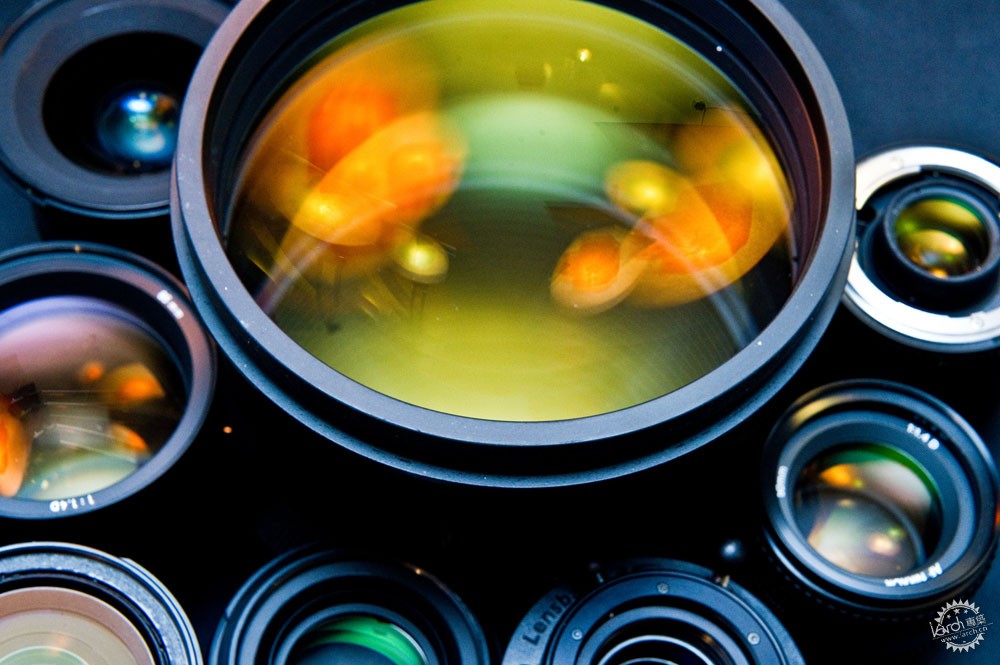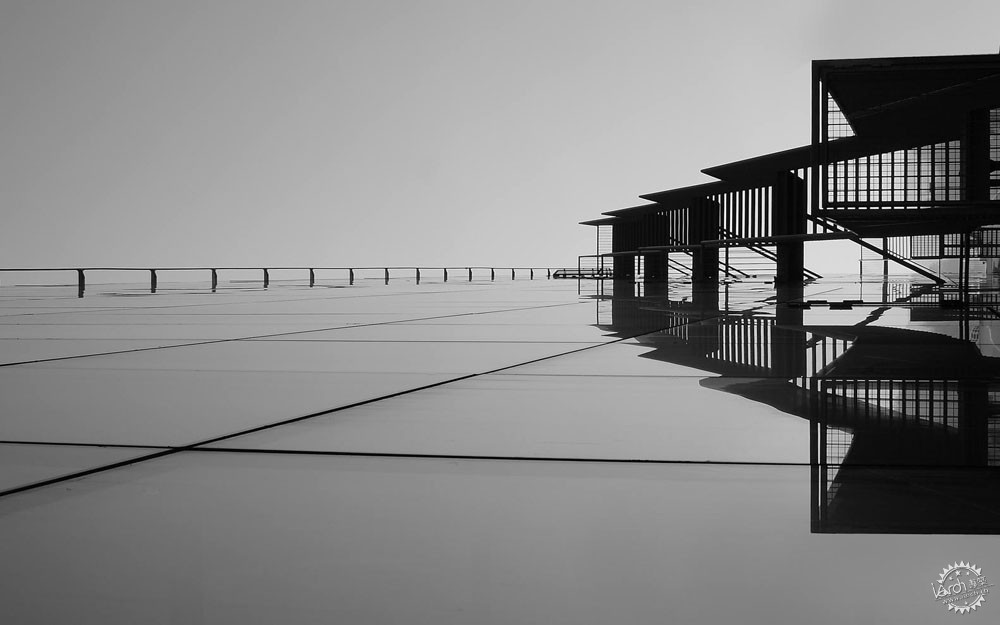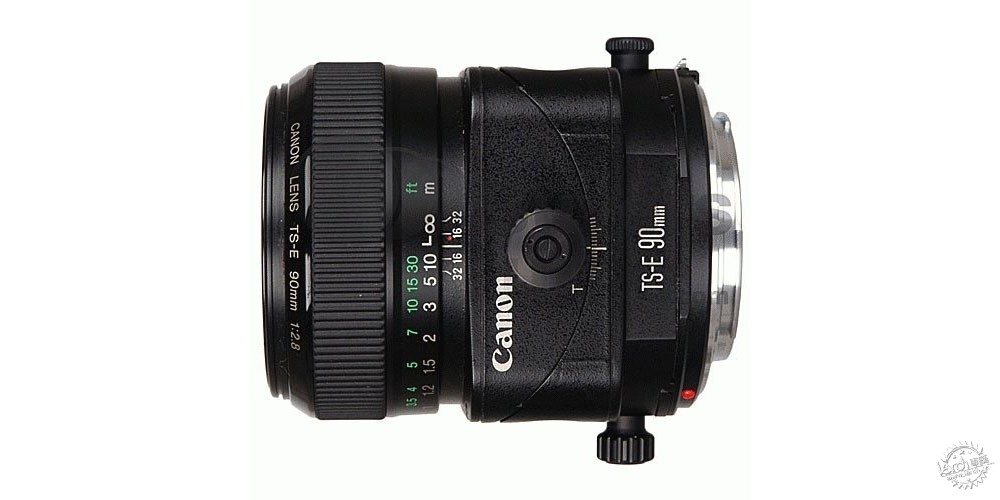
© Flickr user Bill Ebbesen licensed under CC BY 3.0
适用于建筑摄影的相机镜头
What Are the Best Lenses for Architectural Photography? (Including Mobile)
由专筑网李韧,吴静雅编译
在这个数字化时代,越来越多的人开始尝试各种数字作品,毫无疑问,建筑与摄影之间同时有着密切联系,许多建筑师都是摄影爱好者,他们喜爱拍摄自己的作品和周围环境。但是,首先你得有一台合适的摄影设备,另外,你是否了解,如何才能充分运用这些高大上的设备呢?
为了纪念本月的世界摄影日,小编为大家准备了这篇摄影指南,帮助大家选择适用的摄影镜头。我们会选择一些好用的镜头,同时说明它入选的原因。
In a world rapidly transitioning toward primarily digital content creation, more and more people are beginning to experiment with various digital media. There is undoubtedly an intimate relationship between architecture and photography, and many architects enjoy experimenting with taking pictures, both of their own work and of their surrounding environment. But how do you know if you have the right gear needed to start off on the right foot? And more importantly, how can you get the most out of your equipment?
In honor of World Photography Day this month, we have put together a helpful guide to get started with lenses for architectural photography. This guide will specifically highlight the best lenses (for both DSLR and mobile) to use for your shots and why.

Creative Commons Public Domain
如果你已经进入摄影的世界,那么你或多或少会知道,这是一个非常昂贵的兴趣爱好,如果要说投资使人变得专业,那么这就是投资。下文中列出的一些镜头其实并不便宜,甚至其价格和一台相机自身差不多,但是重要的是你通过镜头而学习到的内容,这样你就能更加明确地选择你所适用的镜头。
撇开价格,这些镜头之间的区别其实就在于焦距和光圈,焦距的单位为毫米(45毫米、85毫米、200毫米等)表示,焦距是光学系统中衡量光的聚集或发散的度量方式,指平行光入射时从透镜光心到光聚集之焦点的距离,也就是说,焦距越小,视野越宽。在建筑摄影中,16-35毫米的焦距是拍摄室内作品的最佳选择,而35-200毫米的焦距则适用于拍摄细部。
镜头的另一个重要元素是光圈,镜头光圈是焦距与镜头有效口径直径的比值,通常用F来表示,F值可以由拍摄者自己设定。F值越低则标识镜头口径越大,更多的光线便能进入图像传感器。举例来说,焦距200毫米/光圈4,得出的口径为50毫米。关于这些概念,你可以通过YouTube中Peter McKinnon的教程进行进一步了解。
好了,闲话少说,我们切入主题。
If you have gotten into the world of photography, you know that it is a very expensive hobby. And to invest in making it a profession it is just that, an investment. A few of the lenses listed below can cost nearly as much as a high-quality camera, so it is important to do your research so that you settle on the right lens for your specific use and price range.
The two main differences (apart from price) between these lenses will be the focal length and aperture. The focal length is usually denoted in millimeters (45mm, 85mm, 200mm, etc.) and refers to the distance between the center of a lens or curved mirror and its focus. In other words, the shorter the focal length, the wider the field of view. In architectural photography, anywhere between a 16-35mm focal length is ideal for interior shots. But for more detailed or intricate shots, anywhere from 35mm to 200mm will do the trick.
The other most important aspect of these lenses is the aperture. The lens aperture is the ratio of focal length to effective aperture diameter and is usually specified as an f-number. A lens typically has a set of marked "f-stops" that the f-number can be set to. A lower f-number denotes a greater aperture opening which allows more light to reach the image sensor. So for example, a 200mm focal length f/4 lens has an entrance pupil diameter of 50mm. You can check out this video by YouTuber Peter McKinnon for more about this concept and some other lens types.
Now, without further ado, let's talk about some lenses.

via Amazon
佳能TS-E 90mm f/2.8
这大概是佳能发布的最好的移轴镜头。有些初学者并不了解移轴镜头,其中,“移轴”代表了两种不同的运动状态,即镜头平面相对于图像平面进行的移动、旋转或倾斜,倾斜可以控制焦点平面的方向,移动则是调整拍摄对象在画面中的位置,这样能够有效地调整透视变形,尤其在拍摄高层建筑时非常奏效。
这款镜头的价格为1399美元,对于初学者来说,学习成本有些高,如果通过后期的LR或PS等图像处理软件,也能够达到类似的效果。而对于专业摄影师,这种镜头非常有用,因为能够捕捉到清晰的画面,同时后期也不需要经过太多处理。
Canon TS-E 90mm f/2.8
This is perhaps Canon's best-performing tilt-shift lens to date. If you are unfamiliar with tilt-shift lenses (most beginners likely will be), the term "tilt-shift" refers to the two different types of movement: rotation of the lens plane relative to the image plane, tilt; and movement of the lens parallel to the image plane, shift. Tilt is used to control the orientation of the plane of focus or the part of that image that appears in focus. Shift is used to adjust the position of the subject in the image without moving the camera back, which is particularly helpful when trying to avoid converging parallel lines. This is helpful in architectural photography when capturing tall buildings.
While it is helpful to utilize the tilt-shift movement of this lens, at a price of $1,399 and a relatively steep learning curve, you can achieve nearly the same result with a little post-production magic in editing software like Lightroom or Photoshop. But for a professional, this lens is an incredible tool for capturing crisp and clean urban contexts with minimal adjustments needed in post.

via Amazon
佳能16-35mm f4L IS镜头
这款镜头拥有广角和低光性能的最佳组合,16-35毫米的可变焦距能够捕捉到大角度画面,同时也能拍摄出细节图像。而这种镜头也十分方便手持,因为在拍摄一些难度较大的场景时,你可以缩小画面从而得到整体的图像,亦或是拍摄出复杂的细节效果。
L系列的镜头价格约为999美元,但它们毫无疑问是拍摄的好伴侣。
Canon 16-35mm f4L IS Lens
This lens delivers the optimal combination of wide-angle and low-light performance. The variable focal length from 16-35mm offers the ability to capture wide-angle interior shots, but also the ability to focus in on any detail shots you might also need as well. Built to be incredibly durable, this lens would also be handy on unpredictable site visits when you may need to zoom out for an overall construction shot or zoom in on that intricate wall section detail.
Being an L-series lens, this lens is priced ($999) at a professional standard, but it will no doubt be a go-to part of your camera arsenal.

Creative Commons Public Domain
手机
随着智能手机的进步与发展,数码摄影在这几年逐步崭露头角。这让你的拍摄变得更加容易。近期,关于最佳智能手机相机的争论在网上的到了广泛的讨论,而最近的三个竞争者是苹果的iPhone X、三星的Galaxy Note 8、谷歌的Pixel 2
如果你想通过快速便捷的方式加上后期的制作获得高品质图像,手机也许是个好选择,同时你现在也可以为手机配上专业的硬件。
苹果手机和安卓手机的Moment镜头在智能手机摄影市场的佼佼者, 它们提供了一系列广角、鱼眼、微距镜头,甚至近期还出现了变形镜头,以实现电影般的效果。但是这些镜头则需要自己安装,其售价大约130至150美元,手机摄影虽然听起来有些不专业,但是你想要以简单快速的方式获得专业级照片,这也不失是个好选择。
滤镜
中性密度滤镜对于建筑摄影来说同样非常重要,标准摄影滤镜的目的是减少进入图像传感器的光量,尤其是在晴天室外拍摄时,滤镜的作用就非常明显。
在平时的摄影中,应该十分注意对于光线的控制,而不同的滤镜便可以帮助你达到预期的效果。同样地,你可以参考Peter McKinnon的视频,其中有关于不同类型滤镜的信息。
Mobile
A unique aspect of digital photography that has burst onto the scene in the last few years thanks to the advancements in smartphone camera technology is mobile photography. it is now easier than ever to get professional quality with the point-and-shoot camera you have in your pocket every day. The debate for the best smartphone camera is one that has been widely discussed across the internet, but the three most recent contenders are Apple's iPhone X, Samsung's Galaxy Note 8 (and recently unveiled Note 9) and Google's Pixel 2.
It is possible to get incredibly high-quality images with minimal initial and post-production effort from these phones straight from the stock lenses, but you can now also utilize professional-quality hardware that attaches straight to your phone.
Moment lenses for iPhone and Android are at the top of the market for smartphone photography. They offer a range of wide, fisheye and macro lenses, with the recent addition of an anamorphic lens to achieve a more cinematic look. The lenses have to be attached via a custom case (which is quite stylish as well), and at a combined price point of around $130-$150, this may be a viable option if you are looking to invest in a quick and easy way to get professional-looking photos at a more respectable price.
Filters
The last, and perhaps most important aspect of lenses in architectural (or really any type of) photography is the use of neutral-density (ND) filters. The purpose of a standard photographic ND filter is to reduce the amount of light entering the lens. These filters can become important when shooting exterior shots on a relatively sunny day.
In photography in general, it is always a good idea to have more control over how much light is ultimately entering the lens, and the different types of ND filters allow you to do just that in order to achieve your desired effect. You can again reference this video from Peter McKinnon about ND filters and the various types to determine which might be best for you.
|
|
